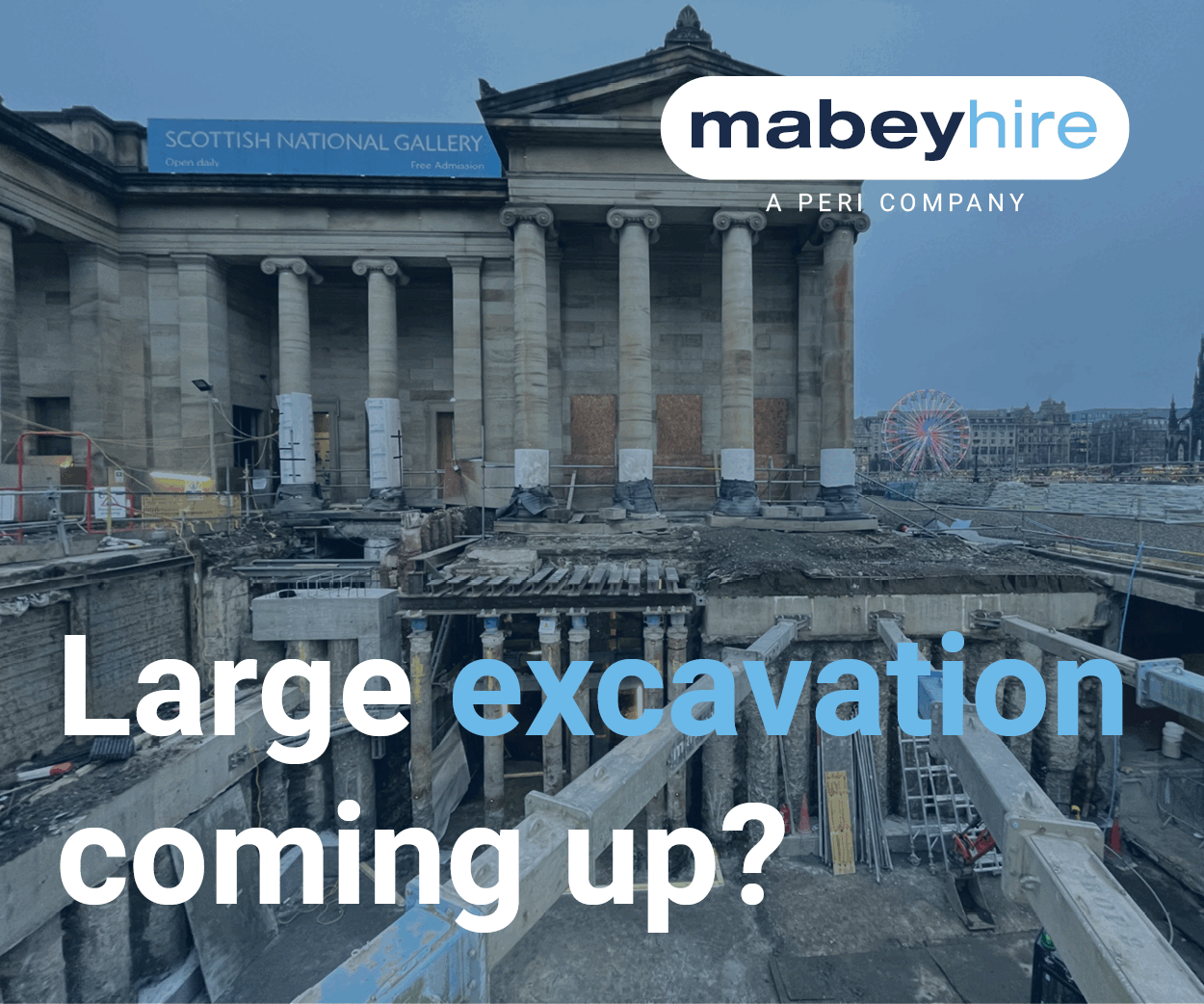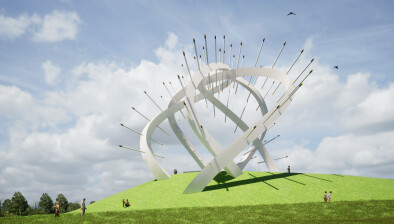And finally… tomb it may concern

A Syrian contractor made a remarkable discovery while clearing debris from a destroyed house in Maarat al-Numan, a city in Syria’s Idlib province.
Beneath the rubble, the contractor uncovered the remains of a Byzantine-era underground tomb complex, believed to be over 1,500 years old.
The discovery comes as residents in the area work to rebuild their lives and homes following the collapse of President Bashar al-Assad’s regime in December.
According to local officials, the contractor noticed unusual stone formations while working on a reconstruction project. Authorities were alerted, and a specialised archaeological team was sent to investigate and secure the site.
Photographs from the scene reveal a pit adjacent to a damaged building, descending into two burial chambers, Sky News reports. Each chamber contains six stone tombs, one of which features a cross engraved on a stone column, an indicator of its Christian heritage.
“This tomb dates back to the Byzantine era, as evidenced by the cross and the pottery and glass fragments found at the site,” said Hassan al Ismail, director of antiquities in Idlib.
He noted that Idlib province is home to a significant portion of Syria’s historical treasures. “Idlib contains a third of Syria’s monuments, with more than 800 archaeological sites, including an ancient city,” he added.
The Byzantine Empire, which began in the 4th century AD as a continuation of the Roman Empire, was centred in Constantinople, modern-day Istanbul, and adopted Christianity as its official religion.
Local resident Ghiath Sheikh Diab, who witnessed the tomb’s discovery, said that during Assad’s rule, such findings were often concealed out of fear that authorities would confiscate private property. “People were afraid to report these things,” he explained.
Another local, Abed Jaafar, recalled a time when tourists from around the world visited Maarat al-Numan to see its ancient ruins. “We need to preserve and restore these antiquities,” he said. “Bringing them back to their former state could help revive both tourism and the local economy.”
















